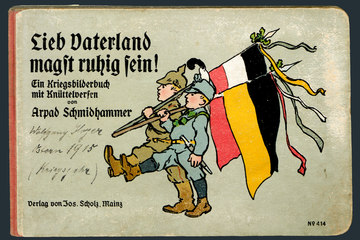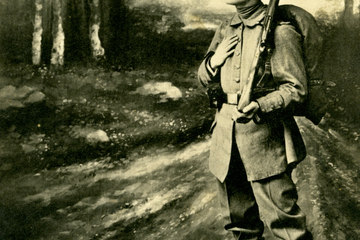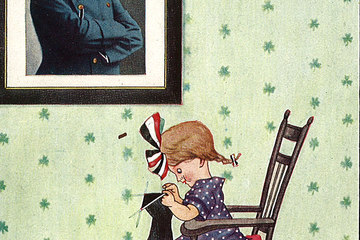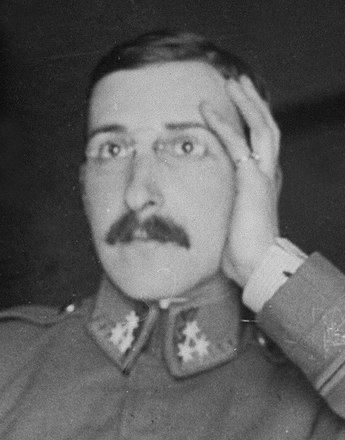The End of Monarchy, the Birth of New States
‘Earth from Bohemia, earth from Hungary, earth from Slovenia … earth from Austria’: With these words in his drama The Third of November 1918 the author Franz Theodor Csokor buries not only a colonel of the Imperial and Royal Army who has committed suicide out of despair but also, in symbolic form, the Monarchy.










